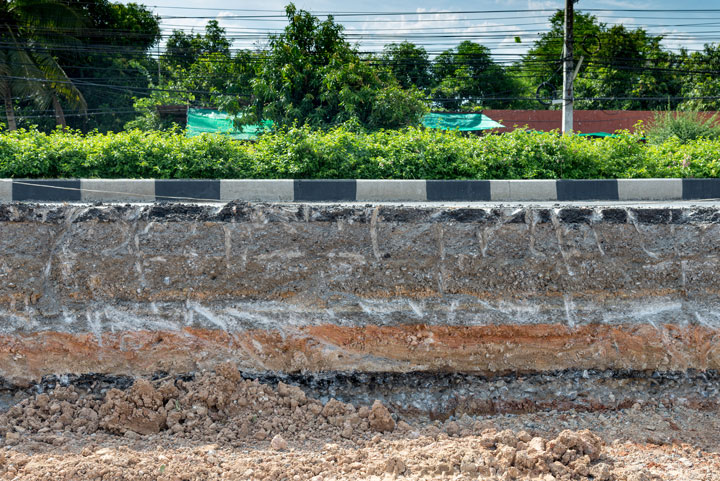A thin layer of concrete over a bituminous road can prevent potholes, a senior official of the state government said on Tuesday.
The concrete layer, which can be five to eight inches in thickness, can extend the life of a road by over two decades, said Srikumar Bhattacharya, who heads the finance department’s project clearance committee. The concrete layer will have to be laid on a road surface that is in good condition.
Road engineers said white topping — the technical term for laying the concrete layer — was different from building a concrete road.
Bhattacharya, a former engineer-in-chief of the PWD, said the EM Bypass was the perfect road for white topping.
The technique has been implemented in Pune and Bangalore. A senior engineer of the Pune Municipal Corporation told Metro over the phone that they were adopting white topping for all major roads there.
“A road with a bituminous top layer generally undergoes resurfacing every four to eight years, whereas a road with a white concrete topping can last 25 years,” Bhattacharya said at a discussion on how to make pothole-free roads, organised by the Indian Concrete Institute.
There are two main reasons why a concrete layer lasts longer than a bituminous layer. “Water is the biggest enemy of bitumen. Whenever water accumulates on a road, the bitumen disintegrates and the top layer wears off. This does not happen to a concrete layer,” said a civil engineer. “Also, the wear and tear of bitumen because of friction with wheels is greater than that of the concrete layer.”
Bhattacharya said the PWD had done white topping on a 1km stretch of Kharagpur Bypass. “It cost about Rs 1.25 crore. A bituminous road of similar length and width will cost about Rs 1 crore,” he said. “The initial investment is more but the process is cost effective if the longer life span is considered.”











